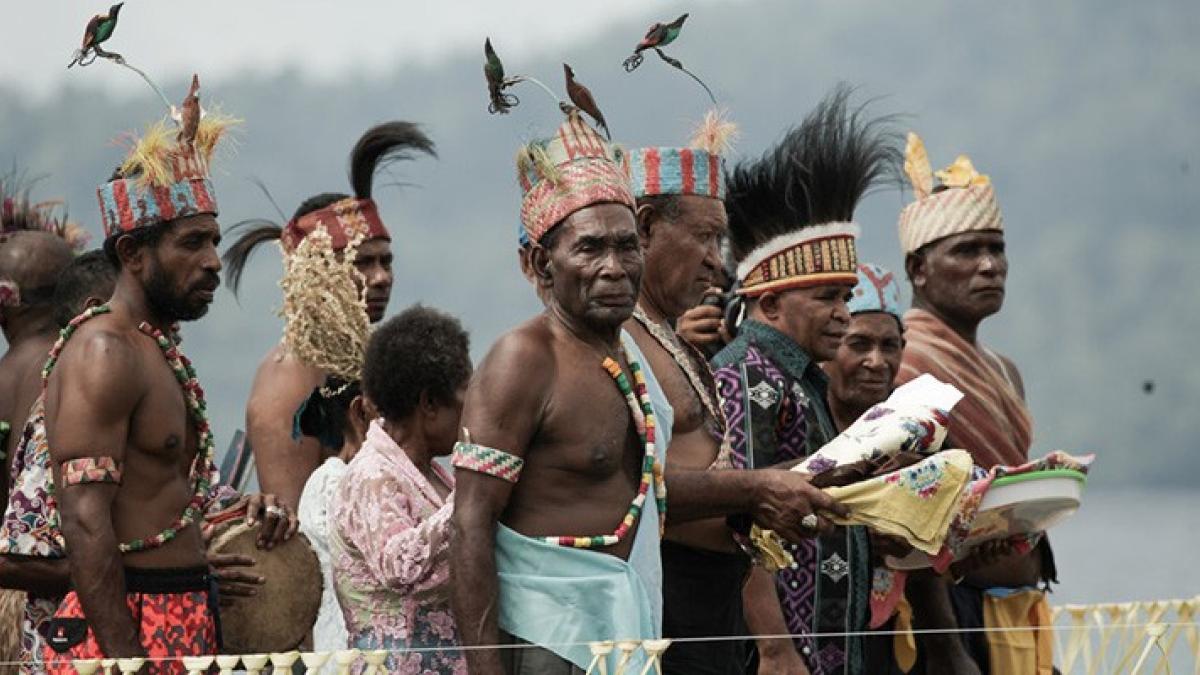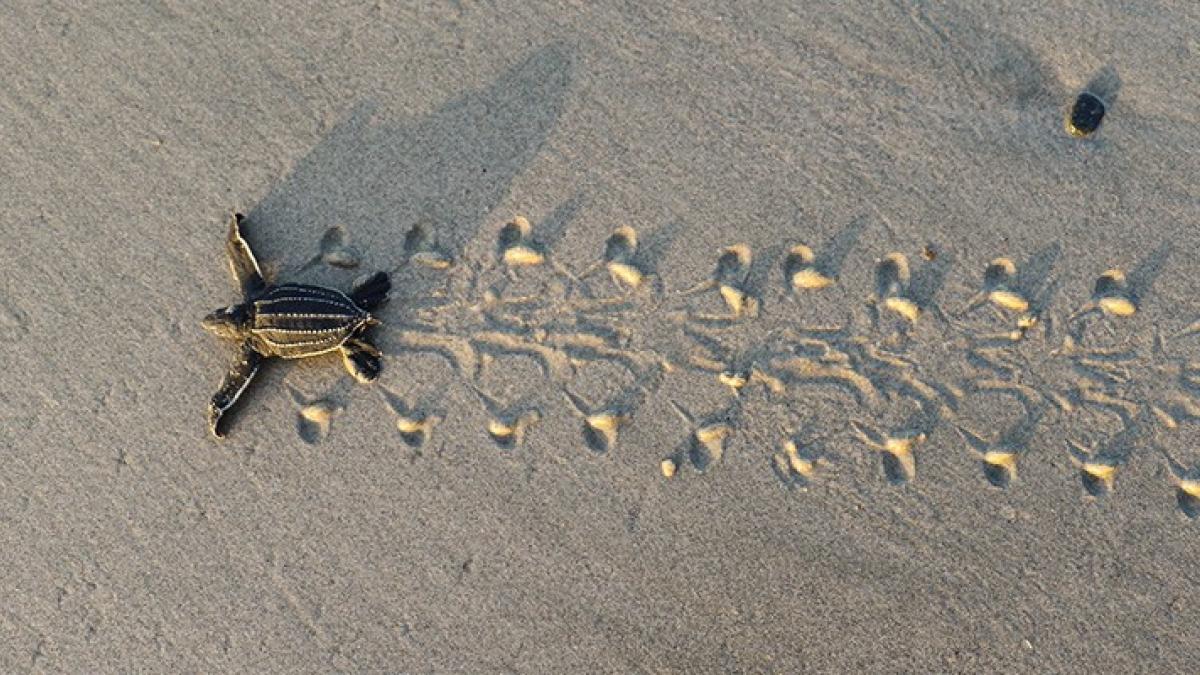
Mark Erdmann
In USAID’s partner countries, it is often the most vulnerable people and communities that rely most on the environment for food, livelihoods, and security. But they also typically have the least representation in high-level decisions about their lands, waters, wildlife, and other natural resources. This series of stories highlights USAID’s efforts to promote environmental equality. Read the first installment: Addressing Gender-Based Violence.
Indigenous Peoples and local communities formally and informally manage about 50 percent of the world’s lands. Yet, like many marginalized groups, Indigenous Peoples frequently face systematic exclusion from social, economic, and political systems despite serving an invaluable role in protecting the environment. Through investments like the Blue Abadi Fund in Indonesia, USAID supports local management of priority land and seascapes, including the continuation of traditional environmental practices, while bolstering food security and livelihoods.
For Indigenous Peoples in Indonesia’s West Papua Province, the Bird’s Head Seascape is a life support system. The area’s mangrove forests and reefs provide more than 760,000 people with food, jobs, and buffers from storms and rising seas. But as development in the area increased, Indigenous Papuan communities grew concerned that their traditional tenure rights were weakening and that they had few ways to stop unsustainable harvesting of local resources or harmful environmental practices. For example, outside fishers participating in destructive fishing, including the use of bombs and cyanide, were threatening the region’s rich coral reefs and the species that rely on them. As a result of overfishing, destructive fishing, and illegal, unregulated, and unreported fishing, some local fisheries reported catch declines of up to 90 percent in the 1990s, which threatened food and economic security.
In addition to its marine and coastal resources, the Bird’s Head Seascape area also boasts rich gas, oil, and mineral deposits. While the excavation of these can provide jobs and incomes for local communities, the mining companies have been observed to operate without proper control of run-off, polluting the area, and without sufficient social responsibility. Mining companies often focus on securing their permits from the national authority, but often lack coordination during the implementation, particularly with provincial agencies and community representatives, thus undermining the needs and wishes of the communities most affected by the mining related activities.

and governance.
Rare
Such unsustainable environmental practices, particularly by outside groups, reinforces that Indigenous Peoples are among the most vulnerable populations in many countries. These groups rely heavily on natural resources and are essential partners in conservation but face challenges when advocating for their interests, including their tenure rights and enforcement of good environmental management, as in West Papua.
USAID’s Policy on Promoting the Rights of Indigenous Peoples, launched in 2020, outlines how USAID and the development community as a whole can better partner with and champion the rights of Indigenous Peoples. The policy outlines five key principles to help advance this goal:
- Identify Indigenous Peoples
- Analyze Indigenous Peoples’ Opportunities and Challenges
- Engage Indigenous Peoples
- Safeguard Indigenous Peoples’ Rights and Well-Being
- Establish Partnerships with Indigenous Peoples
The policy and its principles are especially critical for biodiversity conservation. Indigenous Peoples manage some of the richest and least-degraded parts of the natural world. The Birds’ Head Seascape, for example, hosts some of the world’s most extensive mangrove forests, more than 600 species of coral, and more than 1,700 species of reef fish. Every year, the islands’ shores become the world's largest nesting beaches for Pacific leatherback turtles.

Samantha Martin, USAID
To protect this rich biodiversity and the Papuans who depend on it, USAID invested in the Blue Abadi Fund. The Fund is advancing locally-led efforts to enhance the well-being of Indigenous Peoples’ communities and to manage a network of 16 marine protected areas. The extensive network represents more than 20 percent of all marine protected areas in Indonesia. Blue Abadi funds, which include local revenue and complementary grants, support environmental patrols, education, and the continuation of traditional Sasi practices. Sasi is local wisdom that is passed through generations to maintain the balance of nature in an area; when a community closes the Sasi, no one may take specified marine species in the area. As a result of local enforcement, overfishing by outside poachers has decreased by 90 percent—meaning there is more fish and better food security for the area’s residents.
With USAID’s leadership, the Blue Abadi Fund has become one of the largest marine conservation financing mechanisms in the world—while prioritizing the perspectives, needs, and values of the Indigenous Peoples. USAID recognizes that inclusive development is smart development, which is formalized in USAID’s Policy on Promoting the Rights of Indigenous Peoples. The Agency’s efforts are more committed than ever to inclusive approaches that ensure all groups can participate in and benefit from development efforts.
